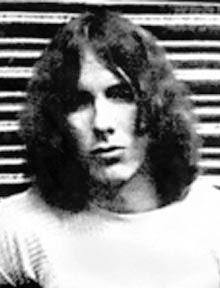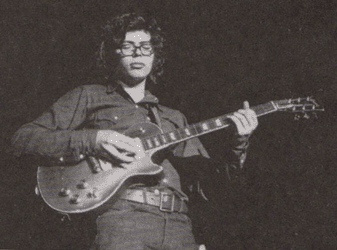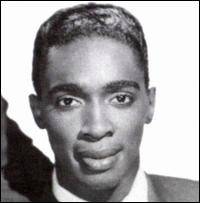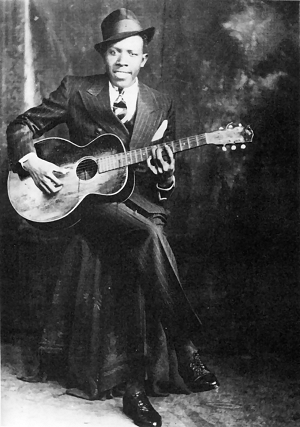Part 18 in a series on “The 27’s” – notable musicians who have passed away in their 27th year.
Pete Ham was born in Swansea, Wales, in 1947 and is remembered as a shy boy who was always carrying around a harmonica. In 1961 he formed a local rock group called The Panthers. The group would undergo several name and lineup changes before it relocated to London and became The Iveys in 1965.
In London The Iveys gained some notoriety and eventually came to the attention of Mal Evans personal assistant to the Beatles and were eventually signed to the Beatles' Apple label after approval from all four Beatles who were impressed by the band's songwriting abilities.
The Iveys changed their name to Badfinger with the release of their first single, "Come And Get It," a song written by McCartney. The track became a Top Ten hit and while Ham had initially protested against using a non-original as their first single it succeeded in putting them on the world stage. What followed was a string of top ten his, mostly compositions belonging to Pete Ham. His greatest songwriting success came with his composition "Without You" which became a #1 hit when covered by Harry Nilsson in 1972.
The group signed with an American management company in 1972 and there were promises of substantial money for the band. Their contract with Apple had been fulfilled and Badfinger signed to Warner Brother Records for a reputed $3 million.
The group's first single for Warner was "Love Is Easy,” which bombed in the charts and the album from which it was taken "For Love or Money", enjoyed a similar fate, despite containing a truly brilliant Pete Ham track "Lonely You". There were more interpersonal problems within the band, principally over the material the band were producing and the increasingly anonymous American management company. Badfinger may have been stars in name, but in actuality they remained financially destitute. The band had certainly made a lot of money, but nobody knew where the money was going.
Badfinger recorded "Wish You Were Here" in late 1974, the final offering from the band and it was a masterpiece, probably their finest piece of work. But few got to hear it, in 1975, a Warner Executive found that all the money from their joint account with Badfinger had disappeared and pulled "Wish You Were Here" off the shelves, threatening their group with breach of contract. Nobody in the band knew where the money had gone and Badfinger’s business manager, Stan Polley was unusually silent.
For Pete Ham this was too much to take. He had written three million-selling singles, had toured America six times, had songs covered by innumerable artists and had co-written a song generally considered a standard - yet he was penniless. On the evening of 23 April 1975, after an evening of heavy drinking Pete walked into his garage, put a rope around a joist and hung himself. He was 27 years old.
His suicide note had the statement "I will not be allowed to love and trust everybody. This is better." And an accusatory blast toward Badfinger's business manager, Stan Polley, with Ham writing: "P.S. Stan Polley is a soulless bastard. I will take him with me." Others of Polley's artist and business clients accused him of corruption over the years.
That was truly the end of Badfinger, who called it a day shortly after Pete's death. In the following years various versions of the band would come and go, but they could never recapture the glory days of the late sixties and early seventies.
Pete was survived by his girlfriend Anne and daughter Petera, who was born shortly after his death.


























